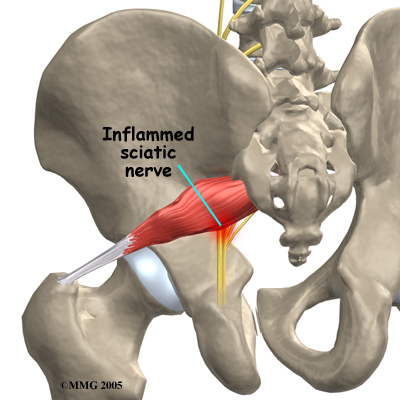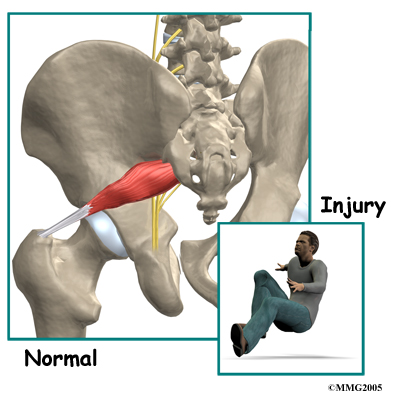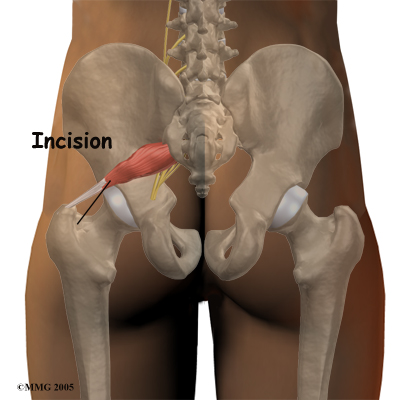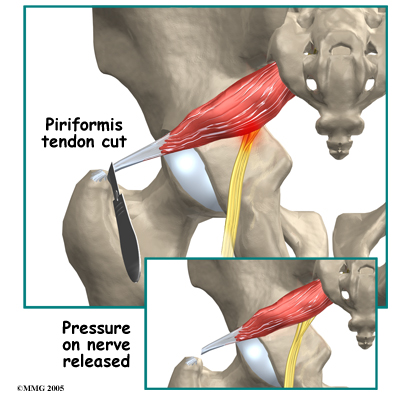Non-surgical Rehabilitation
Most patients with piriformis syndrome work with a physical therapist. When you visit STAR Physical Therapy, after evaluating your condition, our physical therapist will use treatments to ease spasm and pain in the piriformis muscle.
Physical therapy treatments for piriformis syndrome at STAR Physical Therapy often begin with heat applications. Our physical therapist may place a hot pack over your buttocks muscle. Heat is used to help the piriformis muscle relax, easing spasm and pain.
Ultrasound is another treatment choice we use that can be set for deep heating in the buttock area. Ultrasound uses high frequency sound waves that are directed through the skin. The deep heating effect of ultrasound is ideal for preparing the piriformis muscle for hands-on forms of treatment and for getting the muscle to stretch out.
Hands-on treatments such as deep massage and specialized forms of soft-tissue mobilization may be used initially. Our physical therapist may also position your hip and leg in a way that helps to relax nerve signals to the piriformis.
We recommend exercises for our piriformis syndrome patients, particularly stretching exercises, to try and relieve irritation on the sciatic nerve. Stretching is especially effective following heat and hands on treatments. Your physical therapist will position you in ways that help you get a good stretch on the piriformis muscle. Along with the stretches you will do in the clinic, we will show you several ways to stretch the muscle on your own. You will need to do your stretches every few hours. Be gentle and cautious as you stretch to avoid overdoing it.
As your symptoms ease, our physical therapist will gradually advance your program to include posture training, muscle strengthening, and general conditioning. Although recovery and rehabilitation time is different for each patient, as a guideline, you may expect to attend physical therapy sessions two to three times each week for six to eight weeks.
Post-surgical Rehabilitation
Your surgeon may prescribe physical therapy after surgery for piriformis syndrome. Although recovery times vary, you may expect to attend sessions for four to six weeks. Expect full recovery to take up to three months.
When you begin your physical therapy program after surgery, our physical therapist may use treatments such as heat or ice, electrical stimulation, massage, and ultrasound to help calm your pain and muscle spasm. Then we’ll begin instructing you on how to move safely, putting the least strain on the healing area.
As your STAR Physical Therapy rehabilitation program evolves, you'll begin doing more challenging exercises. Our goal is to safely advance strength and function.
As physical therapy sessions continue, our physical therapist will help you get back to the activities you enjoy. We will provide you with guidance on how to change the way you go about your activities and which activities are safe to perform. Ideally, you'll be able to resume normal activities.
When your recovery is well under way, regular visits to STAR Physical Therapy will end. Although we will continue to be a resource, you'll be in charge of doing your exercises as part of an ongoing home program.
STAR Physical Therapy provides services for physical therapy in Fairport and Rochester.








